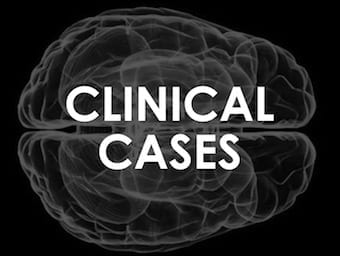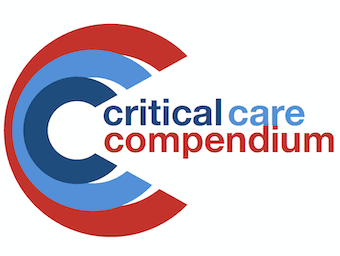
HIV brain mass
Consider a 45 year-old HIV positive male with right hemiparesis and fluctuating conscious state. His CT head is shown below.

Consider a 45 year-old HIV positive male with right hemiparesis and fluctuating conscious state. His CT head is shown below.

Cyanide is a potentially lethal toxic agent that can be found in liquid and gaseous form. First discovered in 1786 by Scheele, who extracted it from the dye Prussian blue - and promptly died from exposure to the vapours

Serious Generalised Skin Disorders: Mnemonic: PTSD-D

= immune complex mediated hypersensitivity -> severe erythema multiforme. Separation of the epidermis from the dermis; most authors believe toxic epidermal necrolysis (TEN) and SJS are different ends of the same spectrum of disease

CAUSES Meningococcal disease Post-splenectomy pneumococcaemia DIC Rickettsial infections High dose inotropes Endocarditis Venom-induced consumptive coagulopathy (VICC) due to snakebite

Coma-like Syndromes

Acute Aortic Dissection: the most common catastrophe of the aorta (3:100,000); 3 times more common than abdominal aortic aneurysm (AAA) rupture

This page is under construction OVERVIEW “Obviously, except under momentary conditions the venous return and the cardiac output must be equal.” — Arthur Guyton STARLING’S LAW By raising or lowering an artificial venous reservoir, Starling showed that increased right atrial…

This page is under construction OVERVIEW Cardiorenal syndromes (CRS) are disorders of the heart and kidneys whereby acute or long-term dysfunction in one organ may induce acute or long-term dysfunction of the other CRS is characterised by the triad of…

Troponin abnormality is set at the 99th percentile in the healthy population, As the tests become more and more sensitive, the absolute cutoff value for “abnormal” has become lower and lower and the test has become less specific for myocardial infarction

Electrical Storm; 3 or more sustained episodes of ventricular tachycardia (VT), ventricular fibrillation (VF), or appropriate implantable cardioverter-defibrillator (ICD) shocks during a 24-hour period

Wolff-Parkinson-White (WPW) Syndrome is a combination of the presence of a congenital accessory pathway and episodes of tachyarrhythmia.